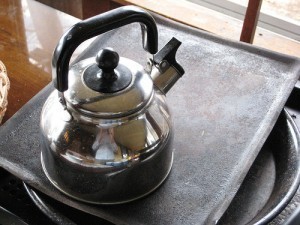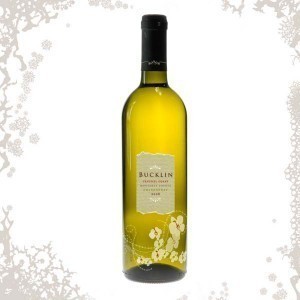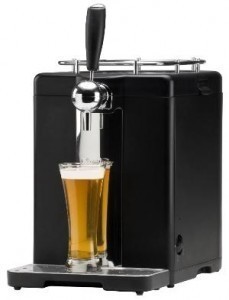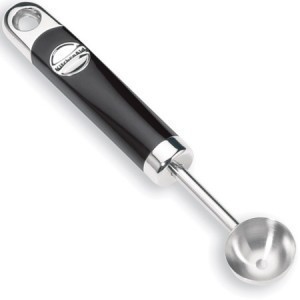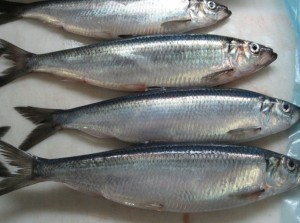What is a ‘Dash of Salt’?
In olden times, recipes do not contain exact measurements of ingredients. It is usually about a pinch, a dash, a smidgen, or a nip. Cooking is all about your own, personal taste after all.
However erratic, a lot of cooks have survived using the unique units of measurements for a long time. It may even be convenient to be used even in the modern times because basically, cooking depends on your taste. You need not to be told how salty, peppery, sweet, or whatever you want it to come out. It depends on how you use your skills and your judgment.
One of the most popular condiments that should be in any recipe is salt. Most of the time, there is no suggestion in the recipe regarding the amount of salt you need to put in. Some says a ‘dash of salt’ will do. But some novice cooks would hardly guess what is a ‘dash of salt’?
How Much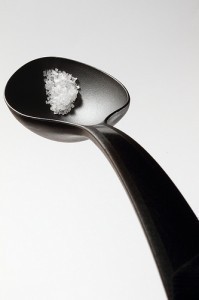
Well, basically, a dash is not so much. It could only be equivalent to 1/8 of a teaspoon or more, depending on how much you are cooking. What is important is that you are able to incorporate the required taste, which, putting some salt will help you achieve.
Which is Better
As mentioned earlier, many cooks were able to get through with no precise measurements. The more complex and more precise measurements were invented only recently, before the 1900s. Prior to that, the old system works just right. However, since the new generation is not only about cooking for one’s family but also for everyone, meaning, you have to meet a wider audience, precise measurements became more prominent. Culinary arts, also known as scientific cooking, have made that a requirement.
Precise measurements eliminated the possibility of wasting. Cooks can now forget about failed recipes, which they will only have to throw to the garbage. Standardized measurements also allowed cooks to be able to develop new recipes based on old recipes or inventions and innovations of some dishes. New cooking styles were also developed and used.
Aside from avoiding wastage, standardized measurements also encouraged a better nutrition. By promoting sensible ratios of ingredients, you will be able to keep watch of what may not be good for your health.
The development of complex and standardized measurements made coking easy in the modern times, since we usually deal with a bunch of spices and flavorings. Before, it is only about a dash of salt and pepper, and that’s it. Today, it could be about some rosemary, thyme, dried basil, paprika, curry powder, etc. If you are not an expert cook, you will find it hard to judge how much you need to put it to achieve the flavor required in the recipe.
